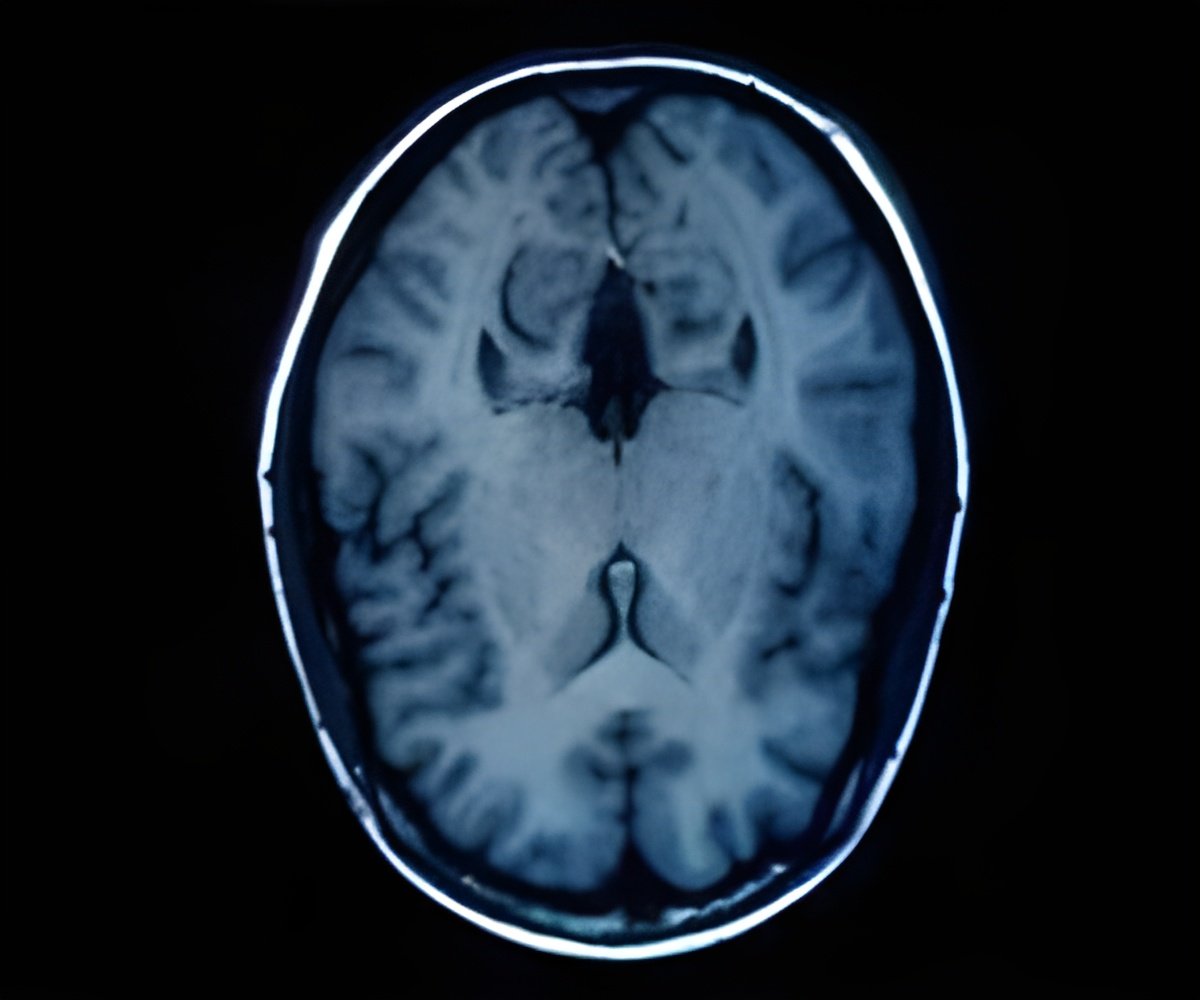
A video-processing technique developed at the University of Florida, utilizing artificial intelligence, will assist neurologists in more accurately tracking the progression of Parkinson’s disease in patients, ultimately improving their care and quality of life (1✔ ✔Trusted Source
Characterizing Disease Progression in Parkinson’s Disease from Videos of the Finger Tapping Test
).
The system, developed by Diego Guarin, Ph.D., an assistant professor of applied physiology and kinesiology in the UF College of Health and Human Performance, applies machine learning to analyze video recordings of patients performing the finger-tapping test, a standard test for Parkinsons disease that involves quickly tapping the thumb and index finger 10 times.
“By studying these videos, we could detect even the smallest alterations in hand movements that are characteristic of Parkinson’s disease but might be difficult for clinicians to visually identify,” said Guarin, who is affiliated with the Norman Fixel Institute for Neurological Diseases at UF Health. “The beauty of this technology is that a patient can record themselves performing the test, and the software analyzes it and informs the clinician how the patient is moving so the clinician can make decisions.”
Parkinson’s Disease: New Insights
Parkinson’s disease is a brain disorder that affects movement and can result in slowness of movement, tremors, stiffness, and difficulty with balance and coordination. Symptoms usually begin gradually and worsen over time. There is not a specific lab or imaging test that can diagnose Parkinson’s disease, but a series of exercises and maneuvers performed by the patient helps clinicians identify and evaluate the severity of the disorder.
The rating scale most used to follow the course of Parkinson’s disease is the Movement Disorder Society-Unified Parkinson’s Disease Rating Scale. Guarin explained that, despite its reliability, the rating is restricted to a 5-point scale, which limits its ability to track subtle changes in progression and is prone to subjective interpretations.
The research team, which included UF neurologists Joshua Wong, M.D.; Nicolaus McFarland, M.D., Ph.D.; and Adolfo Ramirez-Zamora, M.D., created a more objective way to quantify motor symptoms in Parkinson’s patients by using machine learning algorithms to analyze videos and capture nuanced changes in the disease over time.
“We found that we can observe the same features that the clinicians are trying to see by using a camera and a computer,” Guarin said. “With help from AI, the same examination is made easier and less time-consuming for everyone involved.”
Advertisement
Guarin said the automated system has also revealed previously unnoticed details about movement using precise data collected by the camera, like how quickly the patient opens or closes the finger during movement and how much the movement properties change during every tap.
“We’ve seen that, with Parkinson’s disease, the opening movement is delayed, compared to the same movement in individuals that are healthy,” Guarin said. “This is new information that is almost impossible to measure without the video and computer, telling us the technology can help to better characterize how Parkinson’s disease affects movement and provide new markers to help evaluate the effectiveness of therapies.”
Advertisement
To perfect the system, which Guarin originally designed to analyze facial features for conditions other than Parkinson’s disease, the team tapped into UF’s HiPerGator — one of the world’s largest AI supercomputers — to train some of its models.
“HiPerGator enabled us to develop a machine learning model that simplifies the video data into a movement score,” Guarin explained. “We used HiPerGator to train, test, and refine different models with large amounts of video data, and now those models can run on a smartphone.”
Michael S. Okun, M.D., the director of the Norman Fixel Institute and medical advisor for the Parkinson’s Foundation, said the automated video-based assessments could be a “game changer” for clinical trials and care.
Reference:
- Characterizing Disease Progression in Parkinson’s Disease from Videos of the Finger Tapping Test – (https://ieeexplore.ieee.org/document/10568188/)
Source-Eurekalert



